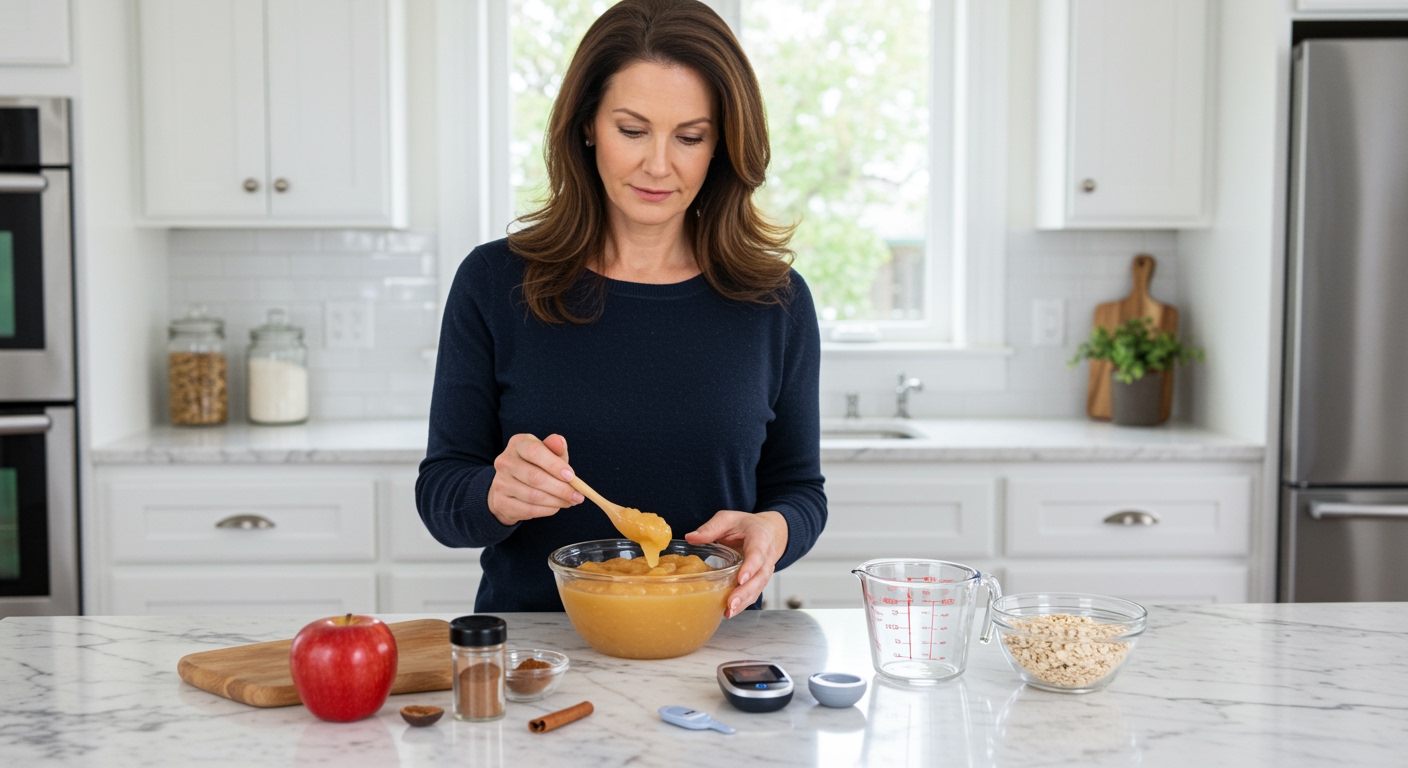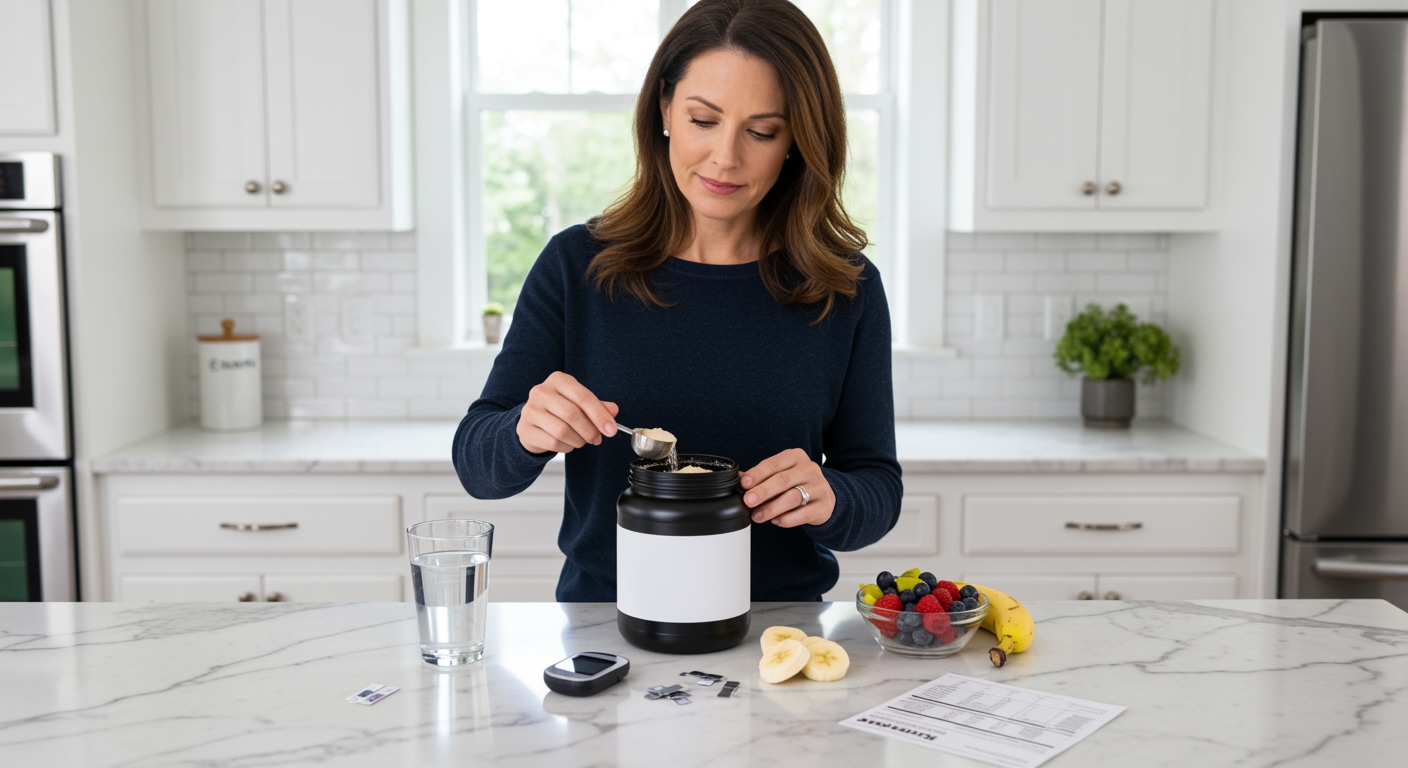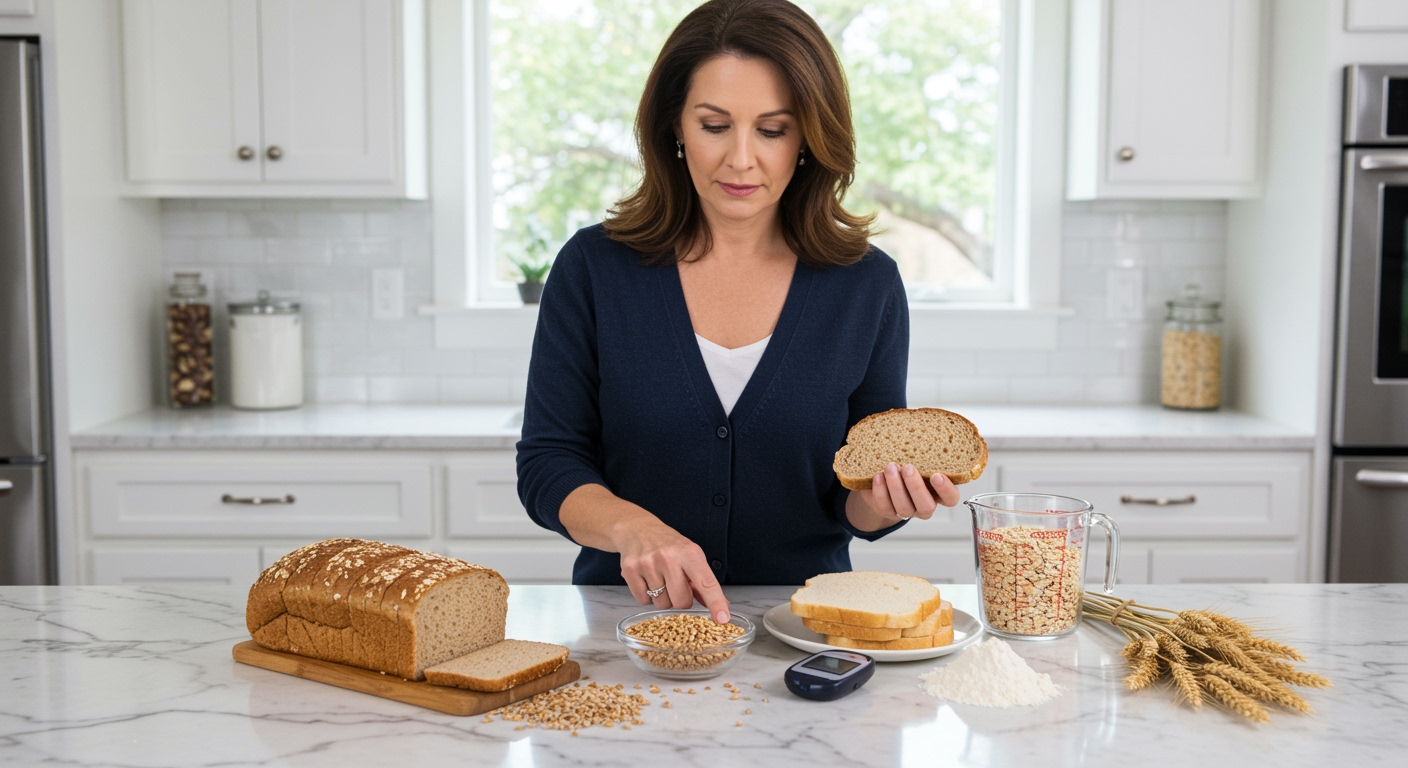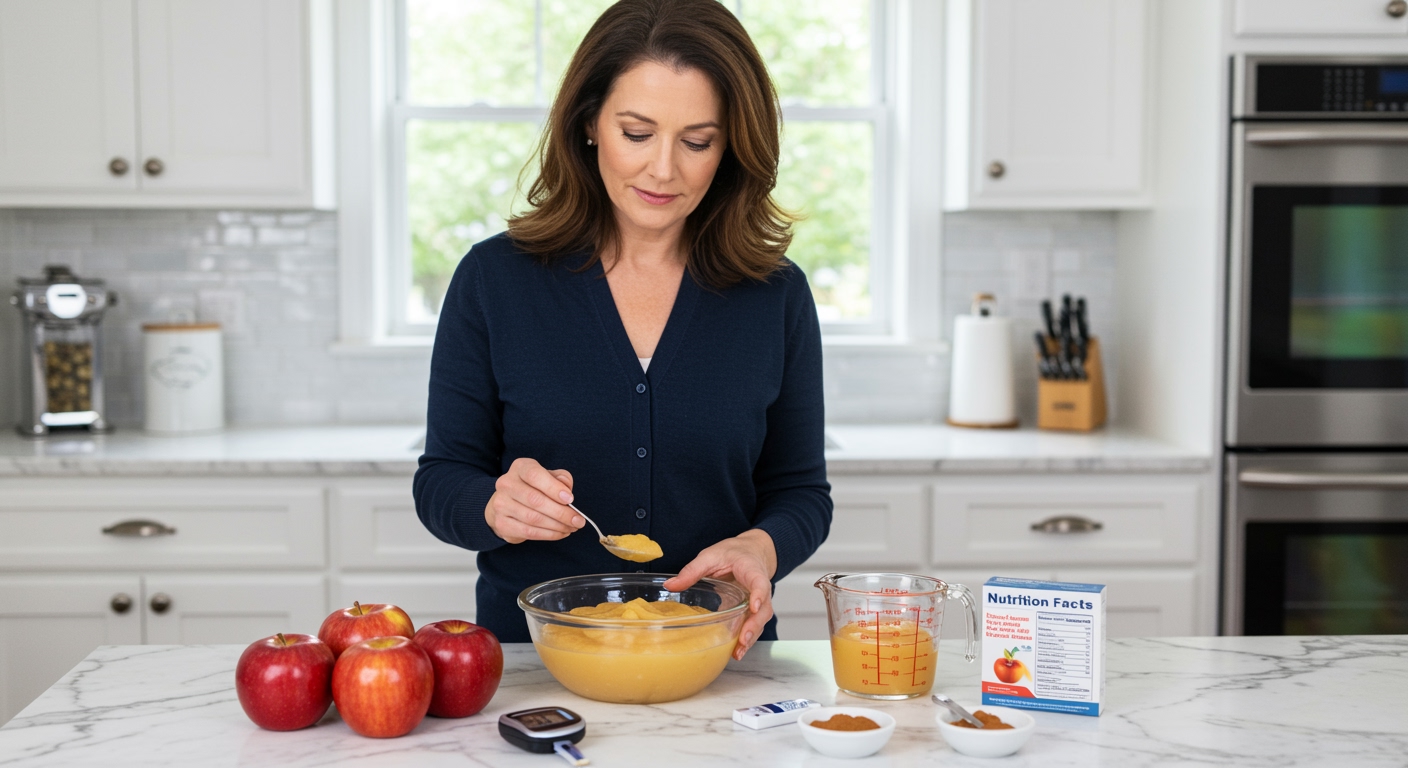✪ Key Takeaway: Unsweetened applesauce can be safe for diabetes in small portions, but sweetened versions cause dangerous blood sugar spikes.
Introduction
You reach for that jar of applesauce thinking you are making a healthy choice for your diabetes.
But then doubt creeps in as you wonder if this sweet, smooth fruit puree will send your blood sugar through the roof like other seemingly innocent foods have done before.
Hi, I am Abdur, your nutrition coach and today I am going to explain exactly how applesauce affects your blood sugar and show you the safest way to include it in your diabetes meal plan.
Does Applesauce Raise Blood Sugar Levels?
The answer depends entirely on which type of applesauce you choose.
Unsweetened applesauce has a moderate glycemic index of around 35-40, which means it raises blood sugar more slowly than high-glycemic foods like white bread or candy.
However, sweetened applesauce tells a completely different story.
Commercial sweetened varieties can contain up to 22 grams of sugar per half-cup serving, compared to just 11 grams in unsweetened versions.
This extra sugar comes from added corn syrup or high fructose corn syrup, which your body absorbs rapidly and sends your glucose levels soaring within 30 minutes of eating.
The processing method also matters because cooking apples breaks down their fiber structure, making the natural sugars more available for quick absorption compared to eating whole apples.
✪ Fact: Unsweetened applesauce has 40% less sugar impact than sweetened versions on your blood glucose.
How Much Applesauce Is Safe For Diabetics?
Portion control becomes your most powerful tool when including applesauce in your diabetes diet.
A safe serving size is one-quarter cup of unsweetened applesauce, which contains approximately 6 grams of natural sugar and 25 calories.
This portion provides about one carbohydrate exchange, making it easy to fit into your meal planning system without disrupting your blood sugar targets.
You can increase this to one-half cup if you pair it with protein or healthy fats, which slow down sugar absorption and prevent glucose spikes.
For example, mixing applesauce with Greek yogurt or eating it alongside nuts creates a more balanced snack that your body processes more gradually.
Never eat applesauce on an empty stomach because this allows the natural sugars to hit your bloodstream without any buffering effect from other nutrients.
The timing also matters – consuming applesauce as part of a meal rather than as a standalone snack helps maintain steady glucose levels throughout the day.
✪ Pro Tip: Always measure your applesauce portion with a measuring cup rather than eyeballing it to maintain consistent carb intake.
What Makes Some Applesauce Better Than Others?
Reading ingredient labels becomes crucial because not all applesauce products are created equal for diabetes management.
The best choice contains only apples and water with no added sugars, corn syrup, or artificial sweeteners listed on the ingredient panel.
Some brands add ascorbic acid (vitamin C) as a natural preservative, which is perfectly fine and does not affect blood sugar.
Organic varieties often have cleaner ingredient lists, but the organic label alone does not guarantee the absence of added sugars, so always check the nutrition facts.
Chunky or thick applesauce varieties may contain slightly more fiber than smooth versions because they retain more of the apple’s original structure.
This extra fiber helps slow sugar absorption and provides a more satisfying texture that may help you feel full with smaller portions.
Homemade applesauce gives you complete control over ingredients and sweetness levels, allowing you to create a diabetes-friendly version using cooking apples and cinnamon for natural flavor enhancement.
✪ Note: Sugar-free applesauce with artificial sweeteners may cause digestive upset in some people when consumed regularly.
Can Applesauce Replace Fresh Apples In Your Diet?
While applesauce offers convenience, fresh apples provide superior benefits for diabetes management.
A medium fresh apple contains about 4 grams of fiber, compared to just 1.5 grams in a half-cup of applesauce, and this fiber difference significantly impacts blood sugar response.
The intact fiber in whole apples creates a physical barrier that slows sugar absorption, while the processing involved in making applesauce breaks down much of this beneficial structure.
Fresh apples also require more chewing and digestion time, which naturally slows eating pace and helps prevent overconsumption.
However, applesauce does have its place in a diabetes diet when fresh apples are not available or when you need a softer texture for medical reasons.
The key is treating applesauce as an occasional substitute rather than a daily replacement for whole fruit consumption.
You can maximize the benefits by choosing unsweetened varieties and combining them with protein sources to create more balanced blood sugar responses throughout your day.
✪ Fact: Fresh apples have three times more fiber than applesauce, making them significantly better for blood sugar control.
The Bottom Line
Unsweetened applesauce can be a safe and enjoyable part of your diabetes meal plan when consumed in appropriate portions and paired with other nutrients.
Smart food choices are not about perfection, they are about making informed decisions that support your long-term health goals.
I would love to hear about your experience with applesauce and diabetes management, so please share your questions, success stories, or concerns in the comments below.
References
At NutritionCrown, we use quality and credible sources to ensure our content is accurate and trustworthy. Below are the sources referenced in creating this article:
- PMC: Glycemic Index and Diabetes Management
- Glycemic Index Net: Applesauce Unsweetened Glycemic Index
- Healthline: Apples and Diabetes
- WebMD: Health Benefits of Applesauce





